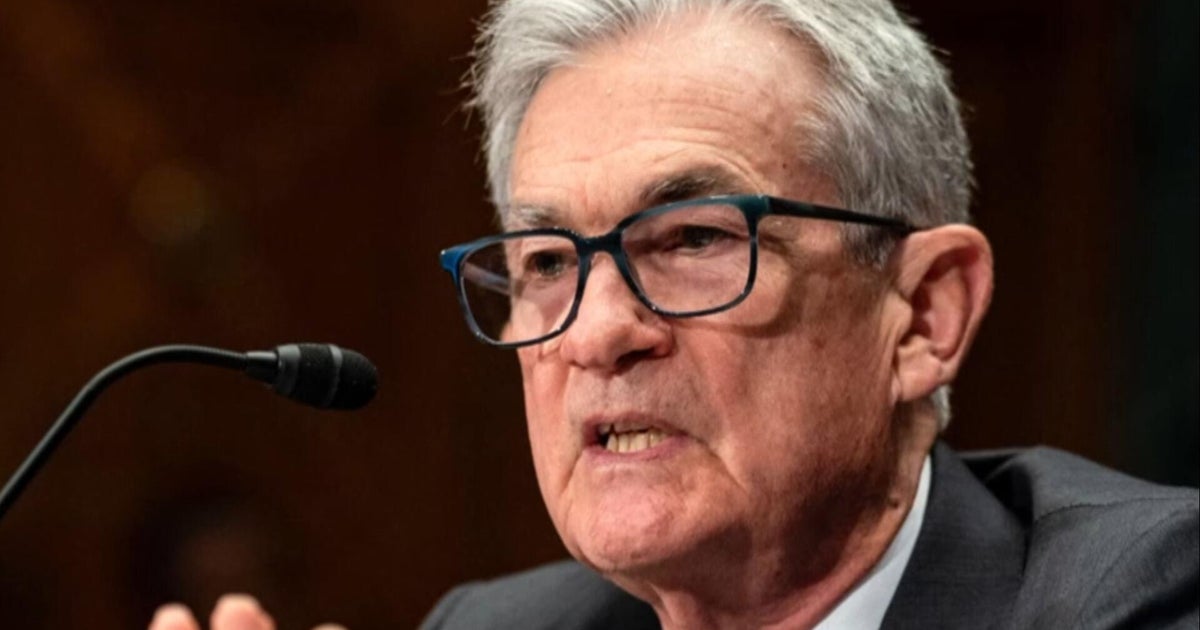
When Federal Reserve Chairman Jerome Powell takes the stage Friday at the annual Jackson Hole, Wyoming, economic forum, he will face pressures ranging from President Trump’s repeated calls for his resignation to a recent mix of worrying economic data.
Powell, whose term as Fed chair ends in May of 2026, will likely be making his last major speech as the central bank’s leader at the event, which is hosted by the Federal Reserve Bank of Kansas City. The symposium is closely watched by investors and economists because it provides a stage for Fed officials to share their views on the economy and the direction of monetary policy.
A focal point in Jackson Hole will be if Powell offers any hints about the Fed’s next interest-rate decision, scheduled for Sept. 17. Mr. Trump has badgered the Fed to cut rates, pointing to solid U.S. economic data and muted inflation. Powell has mostly shrugged off that pressure, emphasizing that the central bank is taking a “wait and see” approach as it monitors the potential impact of the Trump administration’s tariffs on consumer prices.
Yet Powell also faces a complicated economic picture, with recent signals pointing to a slowdown in job growth and one gauge of inflation registering its largest increase in three years.
“You have this political pressure balanced off against the economic pressure, which makes Powell’s job particularly difficult, and it’s driving a hyper-focus on what he might say on Friday,” Melissa Brown, managing director of investment decision research at SimCorp, told CBS MoneyWatch.
The Federal Reserve declined to comment ahead of Powell’s speech at the Jackson Hole symposium, whose theme this year is “Labor Markets in Transition: Demographics, Productivity, and Macroeconomic Policy.”
The Kansas City Fed will broadcast Powell’s speech on its YouTube channel on Friday at 10 a.m. Eastern Time.
To cut or not to cut?
While Powell is likely to discuss economic trends in Jackson Hole, he is virtually certain to demur on the question of when the Federal Open Market Committee, the central bank’s 12-person interest rate-setting panel, might choose to lower its benchmark rate.
That is by design. Fed officials famously keep monetary policy decisions — which are set deliberatively and by consensus — private before they are officially announced to avoid roiling financial markets and to insulate the central bank from political pressure.
Meanwhile, policy makers will have a chance to assess several major pieces of economic data before their Sept. 16-17 meeting, including the Labor Department’s monthly jobs report on Sept. 5 and the Consumer Price Index on Sept. 11.
The head of the labor statistics bureau was fired in August after the agency’s latest employment figures showed a sharp slowdown in job-creation, prompting Mr. Trump to question the accuracy of the data. For now, the August payrolls and CPI reports remain on the Labor Department’s calendar of scheduled releases.
“I don’t think Powell can push the narrative toward cutting because that leaves him no option but to cut,” said Mike Sanders, head of fixed income at investment management firm Madison Investments.
“He has to signal, ‘We’re still data-dependent and we’ll see what the data tells us'” so the Fed doesn’t get pushed into a corner, Sanders added.
For their part, investors are clearly placing their bets on the Fed lowering rates in September for the first time since December 2024. Wall Street economists put the likelihood of a cut at 88%, according to financial data company FactSet, with most expecting a 0.25 percentage-point dip.
At last year’s Jackson Hole event, Powell signaled that interest-rate cuts were coming after the central bank had previously raised its benchmark rate to its highest level in 23 years in trying to extinguish inflation. The following month, the Fed announced a jumbo cut 0.50 percentage points in a move to boost economic growth.
Dueling mandates
This year, Powell could similarly use his platform in Wyoming to indicate his openness to a rate cut, according to Will Denyer, chief U.S. economist at Gavekal Research. At the same time, the Fed is also “in a pickle,” given troubling jobs data and signs that inflation could be creeping higher, he said in a report this week.
That speaks to the Fed’s so-called dual mandate, which is to both maximize employment and minimize inflation. Balancing those two goals can require different — and sometimes conflicting — policies, as lowering interest rates can boost job growth while causing inflation to tick higher, and vice versa.
“Data alone suggests a rising risk of a stagflationary scenario, which is, you know, a Fed nightmare,” Denyer said. “That puts them in a bind between their two mandates being in conflict.”
Minutes for the Fed’s July 30 rate decision meeting, when the FOMC again chose to hold rates steady, show that some members “remained worried that supply-chain disruptions could cause inflation to remain stubbornly elevated,” signaling that price increases remain top of mind, noted Oxford Economics chief U.S. economist Ryan Sweet in a report on Wednesday
“The labor market will be the swing factor on whether the Fed cuts interest rates in September or not,” he added.
